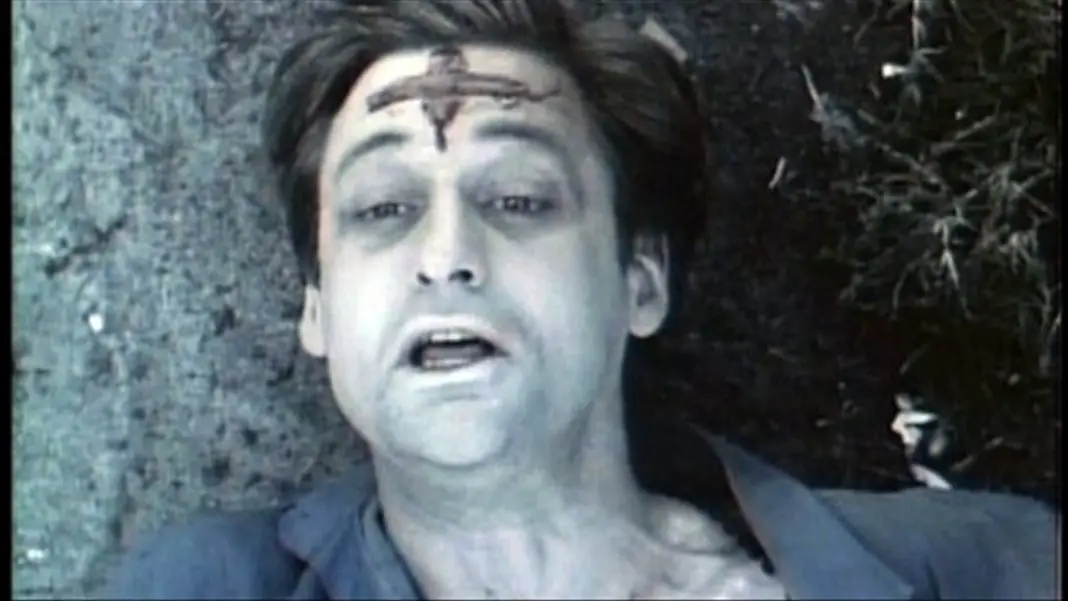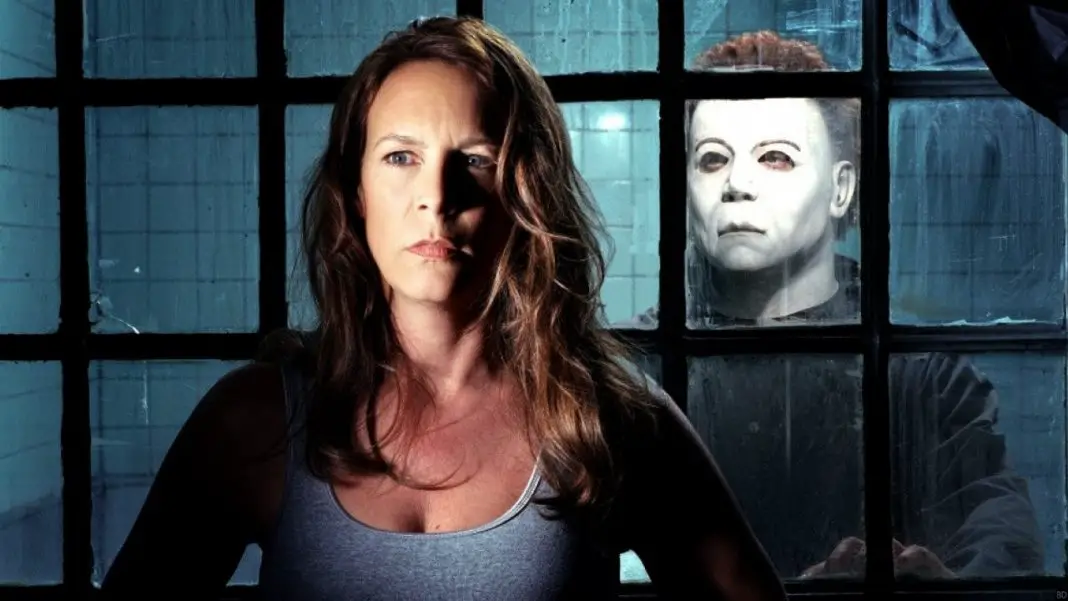The Serpent and the Rainbow is based on anthropologist Wade Davis’ autobiography and as a result, claims to be entirely true. Whether it is or not doesn’t really matter because it makes for one of the most interesting, thought-provoking and all around greatest modern zombie stories.
Wes Craven stuck fairly close to the book when adapting it for the screen. The primary focus remains centered on Haitian Voodoo practices and the return to “classical” zombies and the origins of zombie mythology. The film is about the relationship between the body and mind and the power each holds over the other. It’s not easy for people to believe in zombies, especially without proof, but that’s one of the major points examined by The Serpent and the Rainbow. It examines real-life zombies in a real way without ever sacrificing the element of horror that viewers have come to expect from Craven.
Bill Pullman plays Dennis Alan, the character essentially standing in for Wade Davis, and he really makes the role believable. He’s an everyman thrust into a situation and culture he has no grasp of, but his thirst for knowledge drives him forward and compels him to continue his studies even when it is made abundantly clear that doing so will be extremely hazardous to his health. The supporting cast around him is small, but these characters, mainly local doctor Marielle (Cathy Tyson) and local witch doctor Mozart (Brent Jennings), are crucial as they represent the local perspective.
Did You Know? Wicked Horror TV Has Classic and Independent Horror Films Available to Stream for Free!
There are no supernatural forces, military zombie gases or radiation bringing these zombies to life. The zombies here are created by one thing: a horrible drug trip. It’s blunt and very real and allows the film to take natural turns in many unsettling directions. This drug essentially hollows out the brain and turns a human being into a walking drone. The reasoning behind the creation of these zombies is much scarier than the zombies themselves. If everyone believes somebody to be dead, then you can use them as slave labor indefinitely.
The zombie wonder drug is not the only horror at the center of The Serpent and the Rainbow. An equally terrifying (and also frighteningly realistic) subplot centers around the Haitian government, who are not fond of outsiders. This is a very real element of political horror, another subgenre that Craven was known for. Alan’s research into this mysterious drug draws the attention of the local government who immediately warn him to leave. He doesn’t. When they catch up with him again, they tie him down and interrogate and torture him in a scene that would make even torture enthusiasts squeamish. The horror of this situation comes through as very real, because it was, even for the filmmakers. When filming in Haiti, the local authorities told Craven that there was simply no way they would be able to protect the cast and crew.
While it seems like a perfect fit for the director, The Serpent and the Rainbow is a very different film for Wes Craven. This is part of what kept some fans away from it, or why the general public never warmed up to it, but it’s actually one of the films greatest strengths. This was the closest the director strayed from his trademark horror entertainment before he went all-out in Music of the Heart. All directors want diversity in their career and Craven definitely has that. It may be a horror film, but The Serpent and the Rainbow is incredibly realistic, even if not all of it necessarily happened the way that it unfolds onscreen. The film makes it easy to convince yourself that it’s real, and that is what’s important. There is some haunting, almost traditionally Gothic horror imagery, but much of it is a product of hallucination. At its core, this criminally underrated film is still about a bad drug trip. Because what’s scarier than losing control over your mind and body until you become a vegetable? It’s a great approach to zombies, a blunt approach, and it was the perfect fit for a time when zombie films had almost completely over-saturated the marketplace until nobody wanted to see them again.
All in all, it’s a powerful blending of zombie cinema with elements of a political thriller. Both genres are hard enough to get right on their own and mixing them turns out much better than you might expect. After the rush of zombie films in the 1980s, this one brought the sub-genre back to its roots in a very effective way. Yet it is still a film that never really found its audience. It’s collected a following over the years, but not like most of Craven’s other films. Yet it remains one of the best films of the director’s career. It’s not your average zombie movie, it’s not your average thriller. It’s anything but average in general and that’s what makes it work so well.






